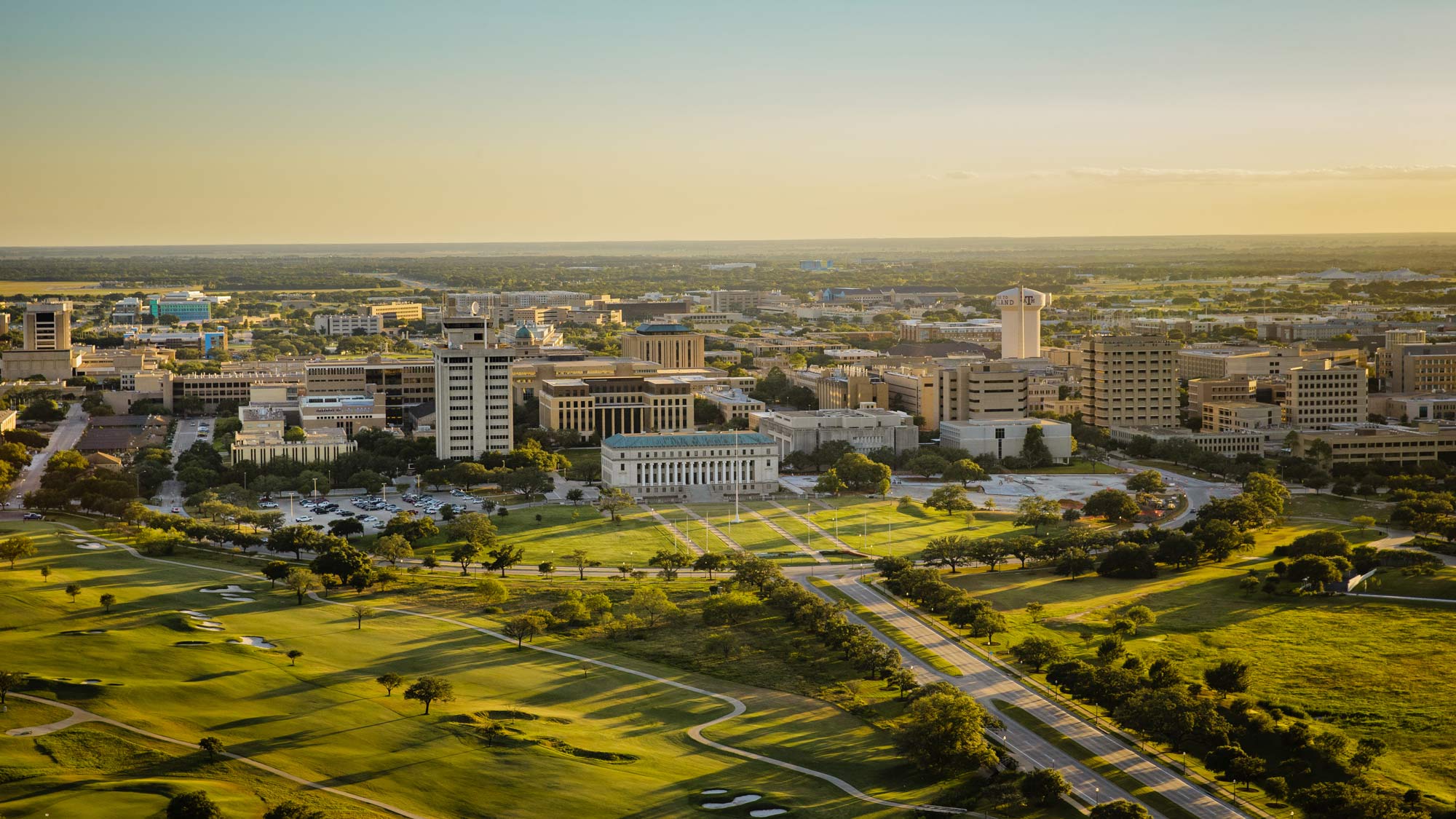
NASA
On the 50th anniversary of the Apollo 11 moon landing, a Texas A&M space flight medicine researcher explains what happens to the body when venturing beyond Earth.
Former Astronaut Michael Fossum Reflects On Apollo 11, The Future Of Space Travel
Jul 19, 2019 • 5 min. readTexas A&M-Galveston Chief Operating Officer Col. Michael Fossum discusses his 194 days in space as a NASA astronaut, the impact of Apollo 11 on his life and inspiring the next generation of space travelers.
The flight plan for the Apollo 11 mission is among the memorabilia featured in “The Eagle Has Landed” at Texas A&M’s Cushing Memorial Library & Archives.
Moon Landing 50 Years Later: Texas A&M Space Expert Discusses Its Importance
Jul 9, 2019 • 8 min. readTexas A&M astronomer and physics expert Nick Suntzeff discusses setting up a base of operations on the Moon, armed conflict in space, alien life and space billboards ahead of the 50th anniversary of the Apollo 11 moon landing.
Retired NASA astronaut and Texas A&M aerospace engineering professor Bonnie J. Dunbar explains what it's like to be in space.
As a space-grant institution, Texas A&M University is contributing research and talent to support NASA's missions to the moon, Mars and beyond.
SpaceX Rocket Delivers Aggie Capstone Project To International Space Station
May 29, 2019 • 4 min. readSpaceX Falcon 9 lifted off from Cape Canaveral with an undergraduate capstone team’s final project, an experiment facility known as Hermes, in its cargo.
Combining Artificial Gravity With Exercise To Counteract The Effects Of Weightlessness In Space
May 10, 2019 • 3 min. readAbout two-thirds of returning shuttle astronauts still experience some degree of orthostatic intolerance upon return to Earth. New approaches are needed for future longer missions, such as a trip to Mars.
Are New Physics Needed To Explain Discrepancy In Universe’s Expansion Rate Measurement?
May 1, 2019 • 4 min. read"We set out on this path to better understand dark energy, but to everyone's surprise, including our own, we seem to have stumbled upon a new dark component of the universe."
The SmartSuit design concept developed by Texas A&M's Dr. Ana Diaz Artiles incorporates soft robotics technology, lending better mobility and dexterity to astronauts.
